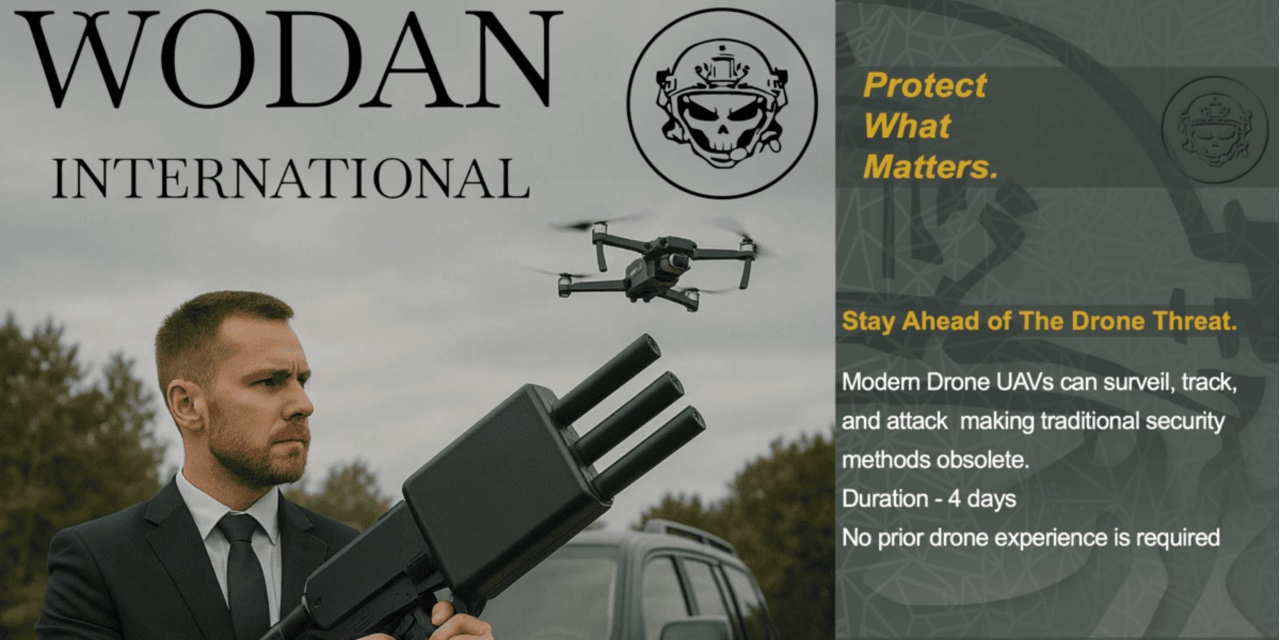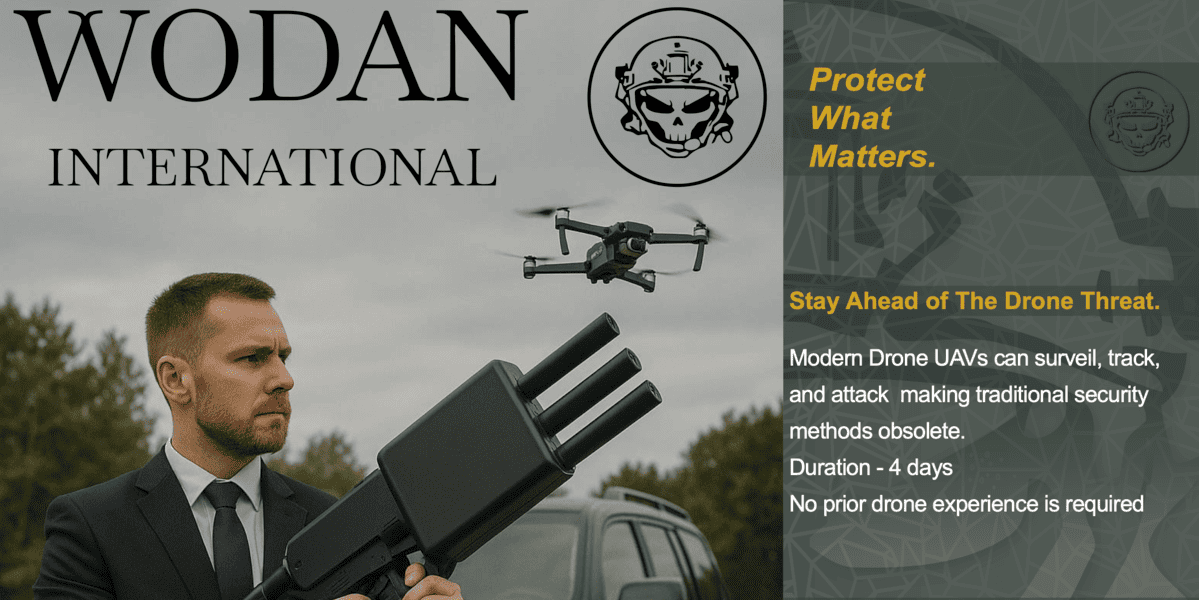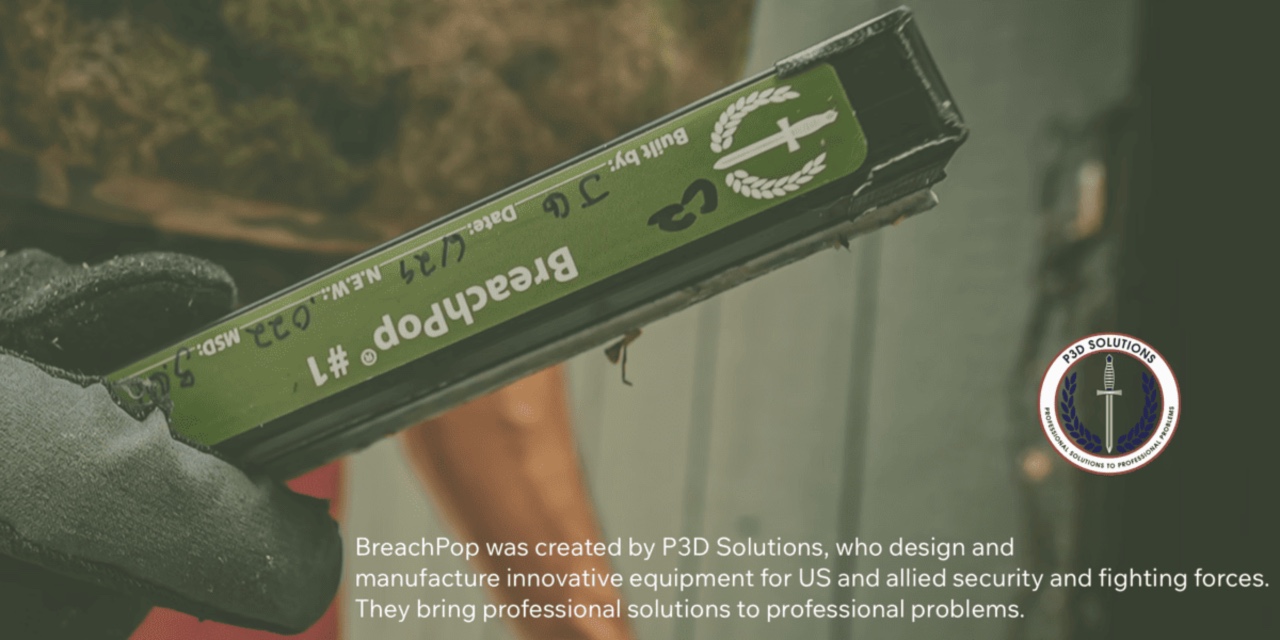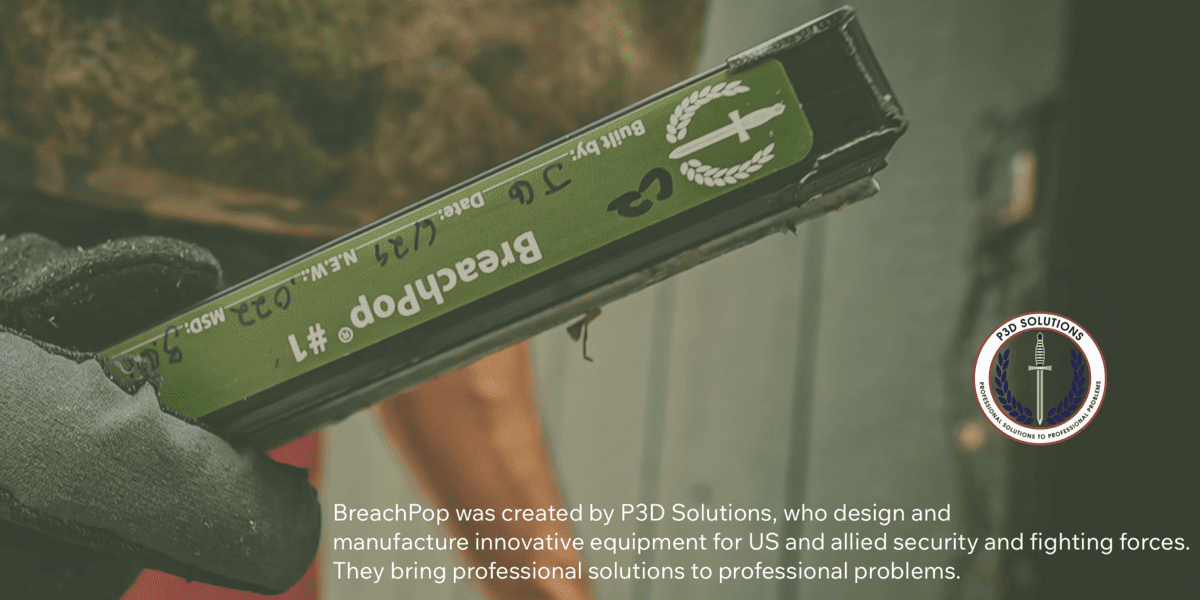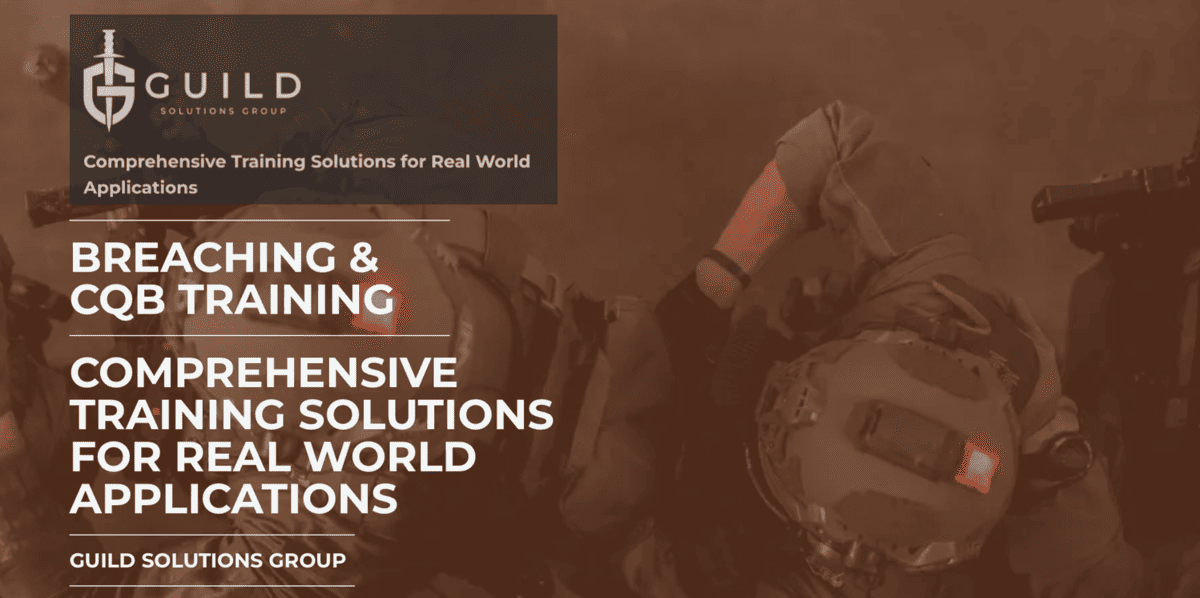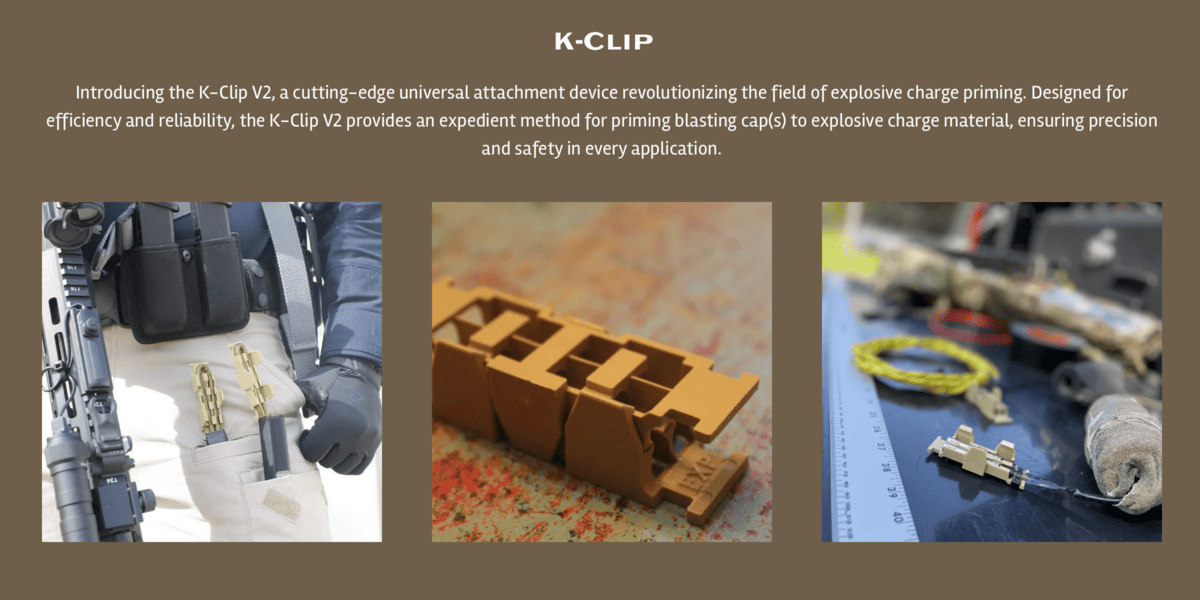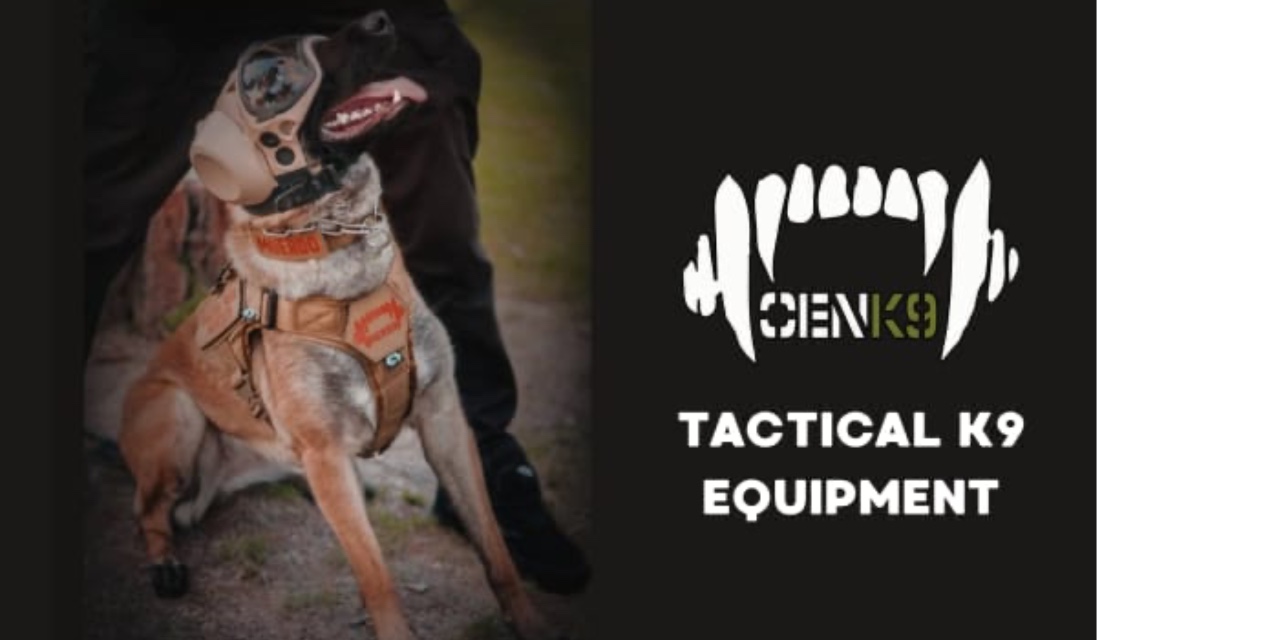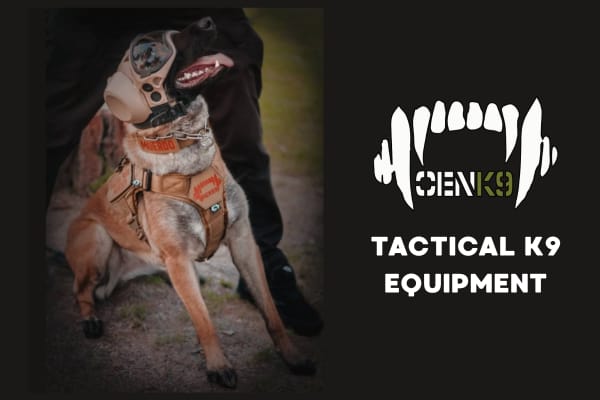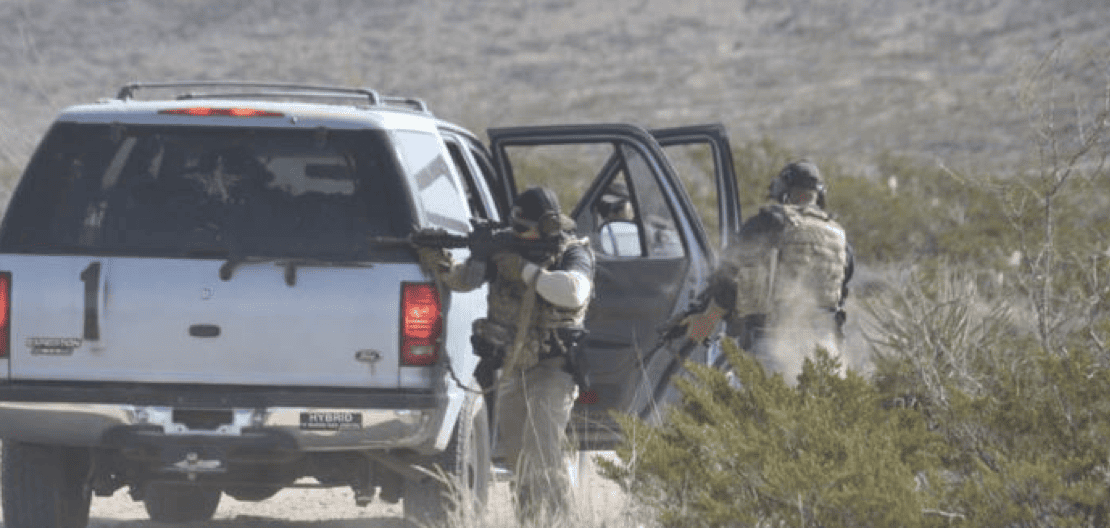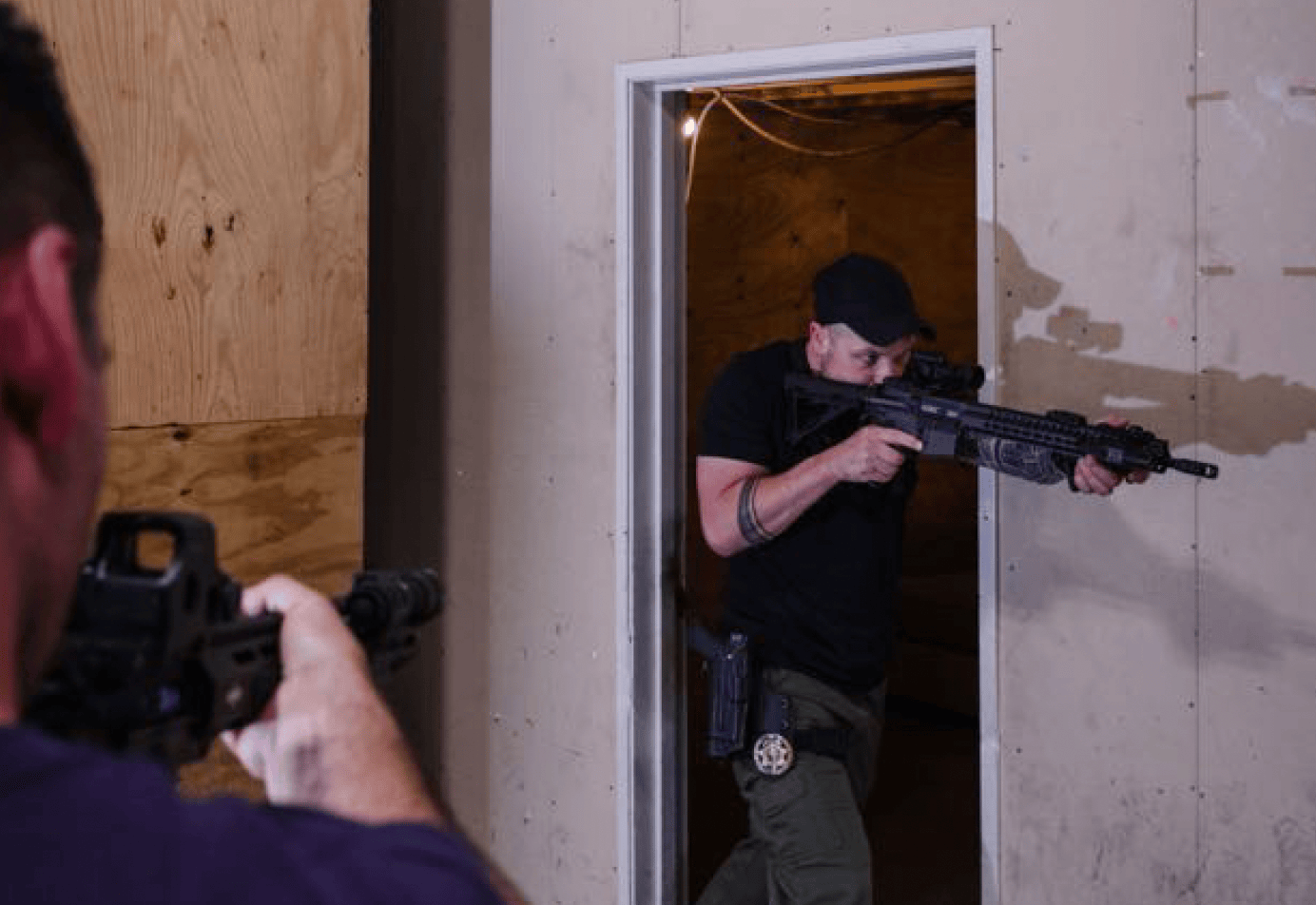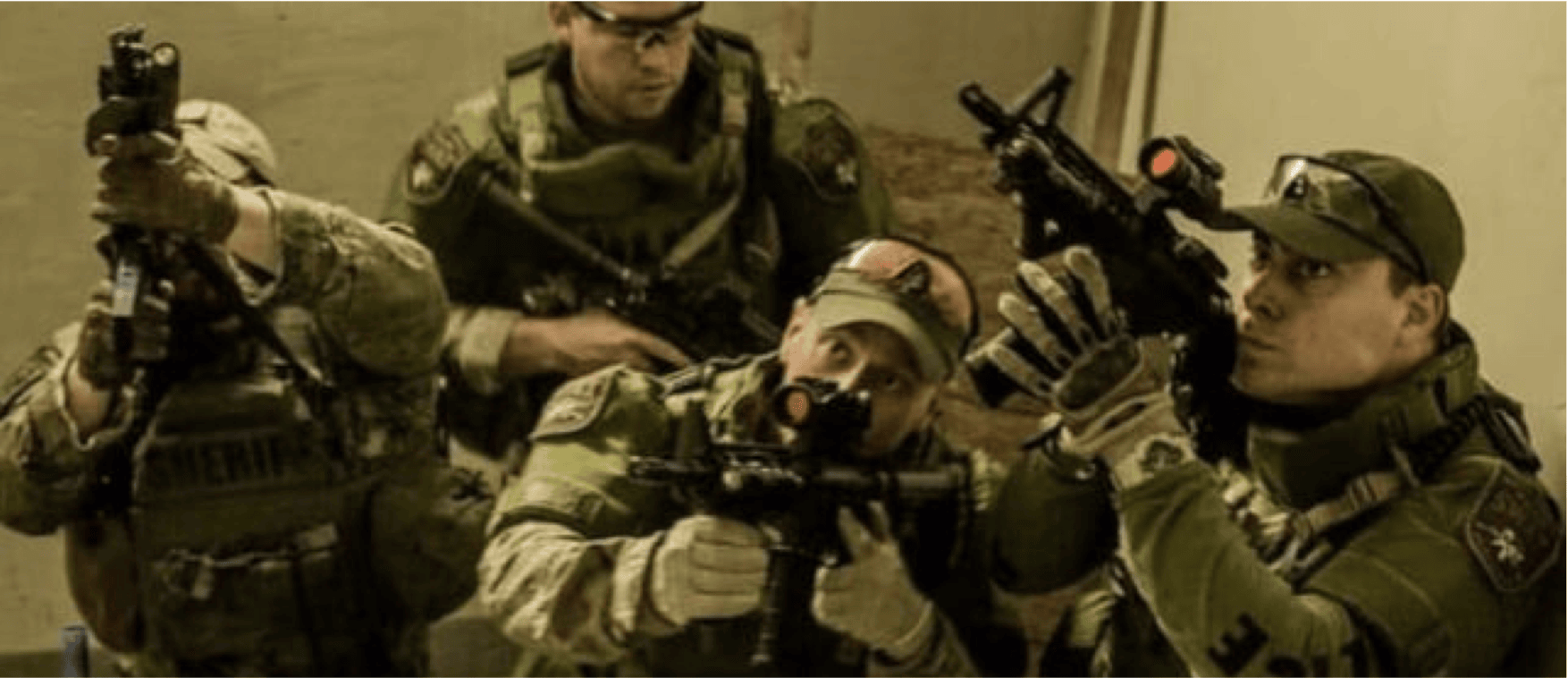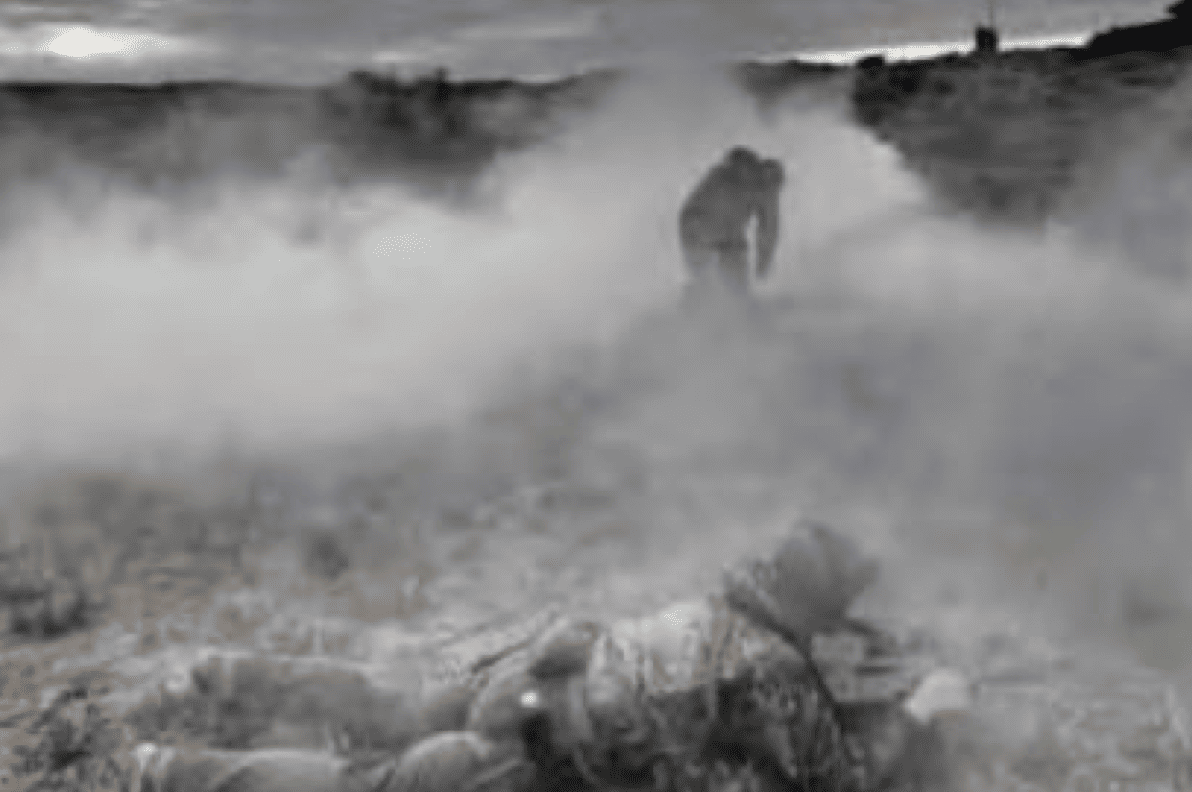
Thomas Lojek
Article
Brian Bewley:
How TCCC, MARCH,
and Live-Fire Training
Save Lives
Brian Bewley is a retired Special Forces Chief Warrant Officer (CWO) who served with 1st and 7th SFG(A), USMILGRP El Salvador, and SFUWO in Key West.
After retiring from the military, he served as an advisor to the UAE Special Operations Command and as a Security Manager.
Brian Bewley and his wife, S. Jessica, own and manage Tactical Solutions International, Inc. (TSI) in Crowheart, Wyoming.
TSI — together with its commercial training department, Tactical Training International, and the Mountain Training Center — has been delivering cutting-edge tactical training since 2003 for the Department of Defense, U.S. government organizations, friendly foreign governments, law enforcement, corporations, and qualified civilians.
The ability to save the life of a teammate, family member, or oneself while under fire
“Medic!”
The bullet clipped the nylon edge on the right side of my plate carrier and punched through my chest, stopping at the ballistic plate on my back.
I felt the punch of the round as it hit me, but it didn’t really hurt.
What the hell was that?
I thought as I ran toward my truck for cover.
As I crouched behind the rear tire, I tried to locate the source of the gunfire so I could return fire.
Suddenly, I found myself struggling to catch my breath after the short sprint to my truck.
My right hand made a quick sweep under my armpit, and when I saw the blood on the back of my glove, I knew I had been shot… and then the pain started.
The scenario above could describe a military member on patrol in Afghanistan, a sheriff’s deputy moving toward an active shooter, or a law-abiding civilian defending his property in rural America.
Shoot, move, and communicate are cornerstone skills for anyone who serves or lives in a hostile or tactical environment.
In that environment, however, one can easily find themselves on the receiving end of bombs, bullets, burns, blood, and beyond.
The ability to save the life of a teammate, family member, or oneself while under fire is a critical skill set — and this is the focus of the Tactical Casualty Care Under Fire course taught by Tactical Solutions International, Inc. (TSI) at their facility in Crowheart, Wyoming.
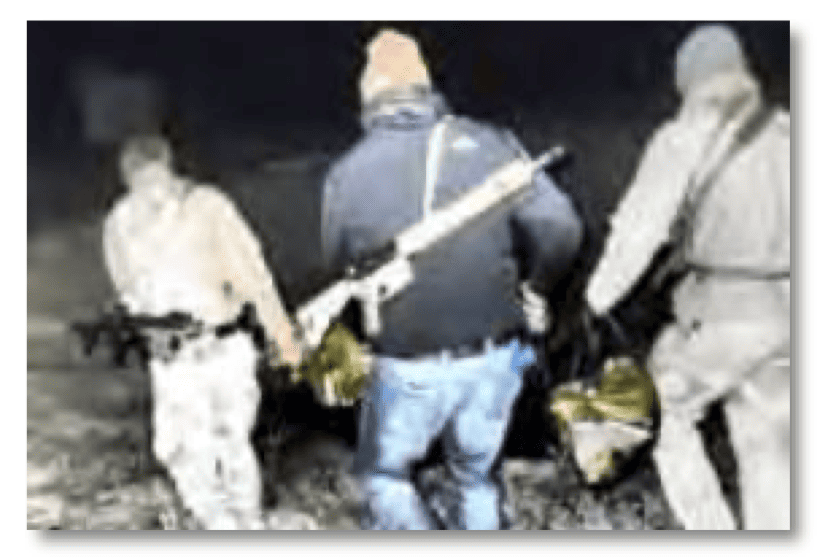
Understanding TCCC: From ABCs to MARCH
Traditional Emergency Care Models
Emergency and tactical medical training has always been part of team cross-training within a Special Forces Operational Detachment–A (SFODA).
Having a Weapons Sergeant give IVs under a poncho using a red-lens flashlight in the field, under the watchful eye of the team medic, was a basic skill everyone maintained.
We understood that our operational tasks and environments required every team member to possess above-average medical skills.
Add to that the required weapons and marksmanship training, communications, demolitions, intelligence work, direct action raids, unconventional warfare, combat diving, freefall parachuting, deployments, and support activities, and the ODA stays constantly employed.
If not deployed or in combat, the team is rehearsing, training, and being evaluated to ensure flawless execution of assigned tasks.
Traditionally, emergency medical care revolved around the ABCs:
Airway, Breathing, Circulation.
In 2010, the American Heart Association modified the order to CAB for CPR, moving compressions to the front.
Variations such as ABCD, ABCDE, and ABCDEF appeared depending on the instructor and the course.
Historically, ABC was for general medical emergencies, while CAB was used for trauma. Even in 2018, during my EMT-B recertification, these systems were still taught.
But tactical combat medicine evolves — and TSI’s paramedic instructor, Mr. Dave, introduced us to a newer, more tactical framework used in Tactical Combat Casualty Care (TCCC) and Advanced Trauma Life Support (ATLS):
MARCH: The Modern Framework for Tactical Trauma Care.
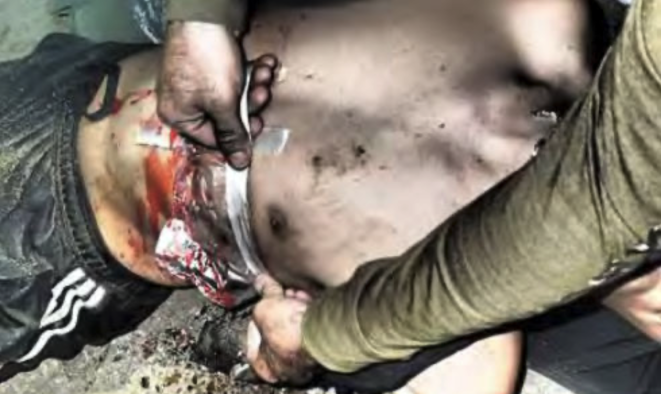
MARCH: The Modern Framework for Tactical Trauma Care
What Is MARCH?
When asked about the differences between the ABCs, CAB, and MARCH, Mr. Dave explained:
“Don’t think of MARCH as a new mnemonic, but as a new framework that prioritizes trauma care, especially in a live-fire environment.”
MARCH stands for:
Massive Hemorrhage
Airway Control
Respiratory Support
Circulation
Head Injury / Hypothermia
⸻
Massive Hemorrhage (M)
Massive bleeding takes priority in trauma care — specifically, life-threatening, active bleeding that will kill the patient if not stopped.
Massive hemorrhage is controlled through the Four Ds:
• Detect: Find the source of the bleeding.
• Direct Pressure: Apply pressure until a clot forms.
• Devices: Use tourniquets, hemostatic gauze, and pressure bandages.
• Don’t Dilute: Avoid excessive fluids; protect clot formation.
⸻
Airway Control (A)
Maintaining a patent airway is vital. Tools include nasopharyngeal (NPA) and oropharyngeal (OPA) airways.
⸻
Respiratory Support (R)
A trauma patient struggling to breathe is not only failing to get oxygen — they are burning valuable oxygen trying to breathe.
Assisting or taking over respirations:
• Moves more air
• Reduces the patient’s oxygen demand
But over-ventilation can worsen shock by increasing chest pressure and reducing blood return to the heart.
⸻
Circulation (C)
After controlling bleeding and addressing airway and breathing, circulation must be stabilized. Standard methods include:
• Keeping the patient flat
• Maintaining body temperature
• Controlled fluid resuscitation
⸻
Hypothermia and the Trauma Triad of Death
Hypothermia is a critical — and often overlooked — factor in trauma care.
It forms the Trauma Triad of Death, alongside:
• Acidosis (H+)
• Hypocoagulability
These conditions reinforce each other, deepening shock and accelerating deterioration.
⸻
Head Injury and the “H-Bombs”
Managing head injuries requires preventing:
• Hypoxia: Even brief drops in oxygen saturation can cause permanent injury.
• Hyperventilation: Blowing off too much CO₂ reduces blood flow to the brain.
• Hypotension: Systolic blood pressure must remain above 90 mmHg to perfuse an injured brain.
⸻
Additional Trauma Considerations
• Hypoglycemia: An injured brain deprived of glucose deteriorates rapidly.
• Hypovolemia: Reduced blood volume worsens all trauma factors and must be recognized early.
TSI’s Tactical Casualty Care Under Fire Course
Integrating All Phases of TCCC
The August 2019 TCCC update defines three phases:
1. Care Under Fire
2. Tactical Field Care
3. Tactical Evacuation
TSI’s Casualty Care Under Fire course integrates all three into one intensive program.
A Three-Day, Live-Fire Experience
The course spans three extremely long days and nights, centered on scenario-based, live-fire trauma care.
Instruction is led by Mr. Bob Claar, TSI’s primary tactical medical instructor.
“The real eye-opener for many students is the challenge of trying to save a life — yours or a buddy’s — while under constant fire.”
Thanks to improved combat casualty care protocols, today’s soldiers have dramatically higher survival rates than those in past conflicts like Vietnam. Tourniquets, hemostatic agents, needle decompression, TBI awareness, and rapid evacuation all contribute to these advancements.
We teach all of that — and more — in the Casualty Care Under Fire course.
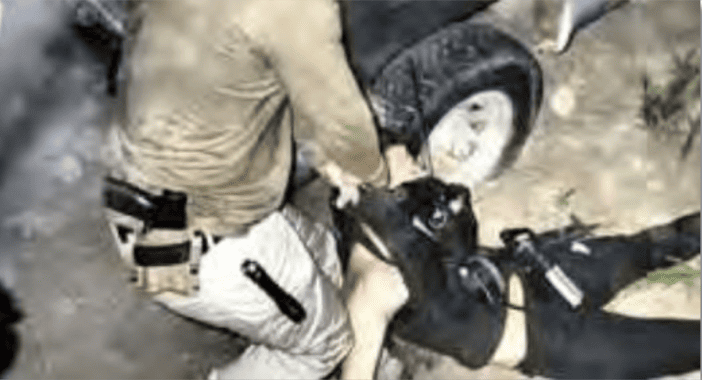
Case Study: John Wayne Walding — Fighting On After Amputation
Walding was one of 15 Green Berets inserted with Afghan commandos into Afghanistan’s Shok Valley.
As they climbed toward their objective, they were ambushed by 250 Taliban fighters.
The team fought for over six hours, with most members wounded.
Three hours in, a 7.62×54R round struck Walding below the knee, effectively amputating his lower leg.
He applied a tourniquet, tied his severed leg to his thigh with bootlaces so he wouldn’t lose it, and continued fighting for another three hours until his team carried him off the mountain.
Many would have quit or died from shock. Walding survived because he understood basic trauma care — and refused to quit on his brothers.
He ultimately lost his leg, but he did not die on that mountaintop in Afghanistan.
Official TCCC Guidelines: Care Under Fire
From the 1 August 2019 Update
1. Return fire and take cover.
2. Direct or expect the casualty to remain engaged as a combatant if appropriate.
3. Direct the casualty to move to cover and apply self-aid if able.
4. Prevent the casualty from sustaining additional wounds.
5. Remove casualties from burning vehicles or structures; stop the burning process.
6. Control life-threatening external hemorrhage if tactically feasible:
• Direct casualty to self-aid.
• Use CoTCCC-approved limb tourniquets.
• Apply tourniquets over the uniform and proximal to the wound.
• If the wound site is unclear, apply the tourniquet high and tight.
7. Airway management is generally deferred until the Tactical Field Care phase.
